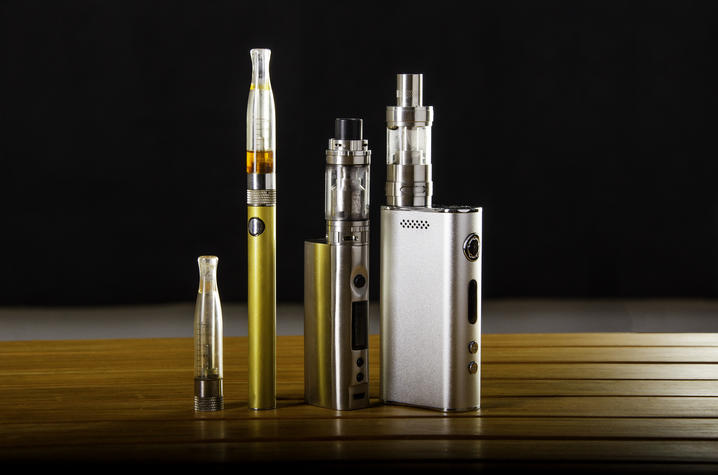What’s in the Backpack? E-cigarette, Juul and Vaping Devices Addicting Youth
The University of Kentucky Public Relations & Strategic Communications Office provides a weekly health column available for use and reprint by news media. This week's column is by Melinda J. Ickes, Ph.D., associate professor at the University of Kentucky College of Education.
LEXINGTON, Ky. (Aug. 26, 2019) — You might be curious to find that many of the products that look like school supplies in a student's backpack could in fact be e-cigarette devices designed for addiction. While we have seen a decrease in cigarette smoking across the United States, emerging products such as e-cigarettes have taken over and are cause for immediate concern.
According to 2018 National Youth Tobacco Survey (NYTS) data, one in five high school students and one in 20 middle school students (over 3.6 million youth) are currently using e-cigarettes or ‘vaping’ - a 78% increase from 2017. In Kentucky, recent districtwide data reinforce much higher rates, with some districts indicating 75% of high school students are using e-cigarettes.
Juul, a type of pod-based e-cigarette that resembles a USB flash-drive, has garnered the fascination of youth, contributing to the alarming rates. Each Juul cartridge has the same amount of nicotine as a pack of cigarettes. E-cigarette companies like Juul target our youth through fun flavors like mango and crème Brulee, using manipulative and tailored marketing and creating a norm where it is acceptable to use these products.
Most young people are not aware that these products contain nicotine, let alone such high amounts, putting them at risk for lifelong addiction. Many students cannot get through the school day without using, causing quite a challenge for school administrators and teachers. Youth who use e-cigarettes are four times more likely to smoke cigarettes.
Beyond the risk for addiction, e-cigarettes contain numerous chemicals linked to risk for cavities, seizures, heart and lung disease and cancer. We also know it is not just water vapor. The aerosol given off by e-cigarettes has tiny particles that can easily be breathed into the lungs, putting all of us at risk. These products are setting our youth up for a lifetime of health risks if we do not intervene now.
How can you support your kids who want to quit?
- Avoid judgment and blame.
- Let them know they can always come to you for help.
- Ask what makes it difficult for them to quit and talk through strategies to help overcome these challenges.
- And, set a positive example by being tobacco-free yourself.
Talk to your kids, grandkids and youth in your community about the facts. You are a voice of reason and someone they trust and look to for advice. Together, we can change this epidemic.






